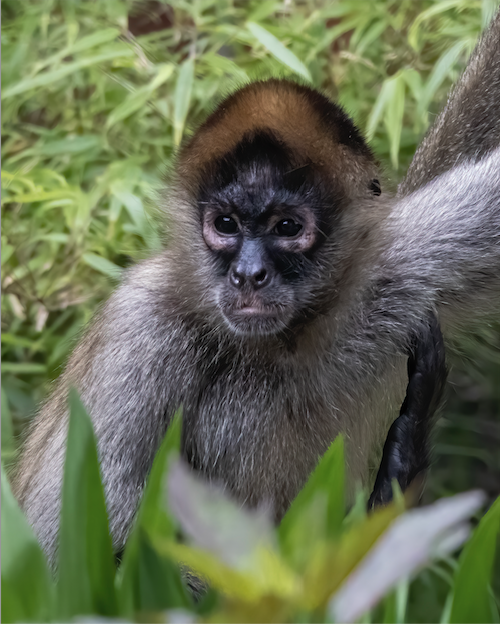BRIDGEPORT, Conn. – Two spider monkeys at the Zoo plus two new spider monkey arrivals equals a whole lot of monkeying around! The new additions, both female Black-handed spider monkeys (Ateles geoffroyi geoffroyi) from Montgomery Zoo in Alabama, joined their new troop in the spider monkey habitat this week.
Bertha, 30 years old, and Janet, 16 years old, have successfully been introduced to the Zoo’s current eight-year-old male spider monkey, Gilligan, and TT, a 22-year-old female. Both Gilligan and TT have been at the Zoo since the opening of the spider monkey habitat in June 2019.
“These monkeys are part of the Association of Zoos and Aquariums (AZA)’s Species Survival Program (SSP), an important part of helping these endangered animals,” Dancho said. “This species is threatened by intense habitat degradation and deforestation, so a breeding recommendation from the AZA will allow us to possibly welcome babies to help sustain the population.”
Zoo Director Gregg Dancho said that the spider monkey habitat was built to accommodate a larger monkey troop and features a landscaped outdoor yard with multiple opportunities for climbing and engaging in social behaviors. An arboreal species, this New World monkey hangs out in the upper levels of the forest canopy in a variety of forestland, including rainforests, mangrove swamps, and cloud forests. The monkeys have free choice in whether to be inside or outside, and large guest viewing windows are offered in both locations.
